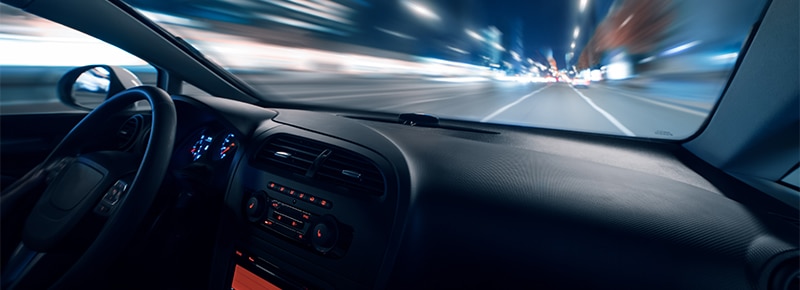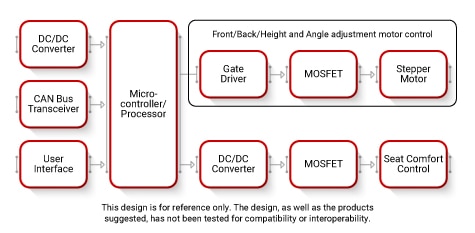Logic buffers, drivers, receivers and transceivers allow isolated access to logic signals from one circuit for use in another circuit. Buffers pass their input signal, either unchanged or inverted, to their output and may be used to clean up a weak signal or drive a load. In a boolean logic simulator, a buffer is mainly used to increase propagation delay. Logic receivers and transceivers allow isolated communication between data buses.
DC/DC Converters convert a direct current voltage input into a different direct current voltage output. They have essentially the same wattage rating on both the input and the output, minus switching losses. DC/DC converters can be mounted on- or off-board. They come in a variety of inputs, outputs, and packages, and can have single or multiple output options.
Products in the modular embedded processor family integrate a microcontroller, microprocessor, digital signal processor, FPGA, or other such computational device together with support components such as memory, power management, timing, and other items necessary for their operation. They are suitable and intended for integration into an end product, and offer product developers access to modern computational and interface capabilities without necessity of high speed hardware design experience.
Isolator Gate Drivers are the interface between power signals and an external MOSFET or Bridge architecture circuit. The technology types are capacitive coupling, magnetic coupling, and optical coupling with 1, 2, or 4 channels. The voltage isolation ranges from 1000Vrms to 7500Vrms and the propagation delay ranges from 30ns to 5ms.
Stepper motors are DC voltage motion actuators that move in discrete steps. Multiple sets of coils organized in groups called "phases" determine the motors armature position. Energizing each phase in sequence causes armature rotation one step at a time. With computer or microcontroller managed stepping, precise positioning and/or speed control is achieved. Steppers are selected by torque, steps per revolution, step angle, NEMA frame size, coil resistance, polarity and shaft features.









